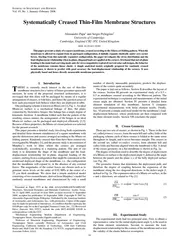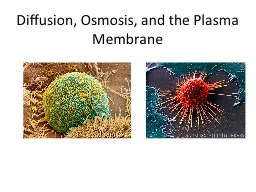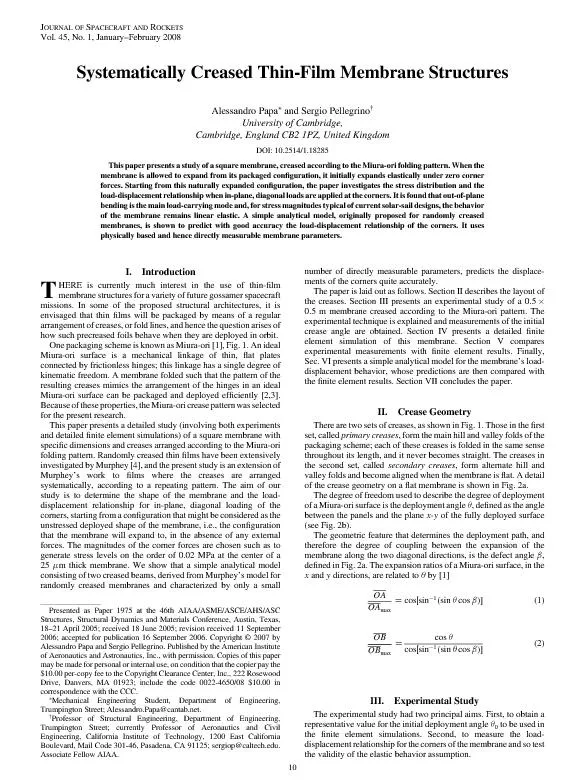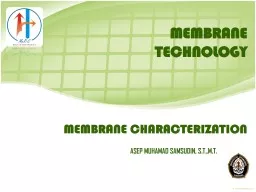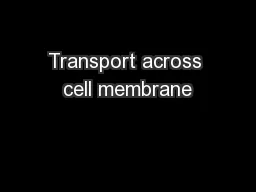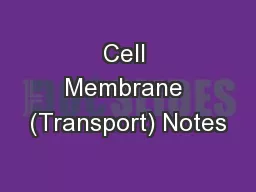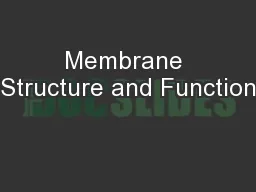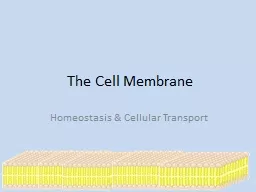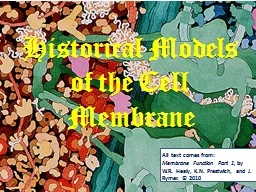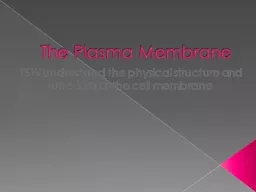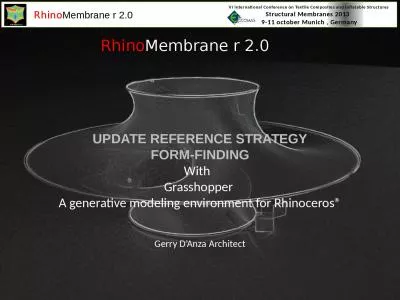PDF-Systematically Creased ThinFilm Membrane Structures Al
Author : natalia-silvester | Published Date : 2015-05-22
2514118285 This paper presents a study of a square membrane creased according to the Miuraori folding pattern When the membrane is allowed to expand from its packaged
Presentation Embed Code
Download Presentation
Download Presentation The PPT/PDF document "Systematically Creased ThinFilm Membrane..." is the property of its rightful owner. Permission is granted to download and print the materials on this website for personal, non-commercial use only, and to display it on your personal computer provided you do not modify the materials and that you retain all copyright notices contained in the materials. By downloading content from our website, you accept the terms of this agreement.
Systematically Creased ThinFilm Membrane Structures Al: Transcript
Download Rules Of Document
"Systematically Creased ThinFilm Membrane Structures Al"The content belongs to its owner. You may download and print it for personal use, without modification, and keep all copyright notices. By downloading, you agree to these terms.
Related Documents

